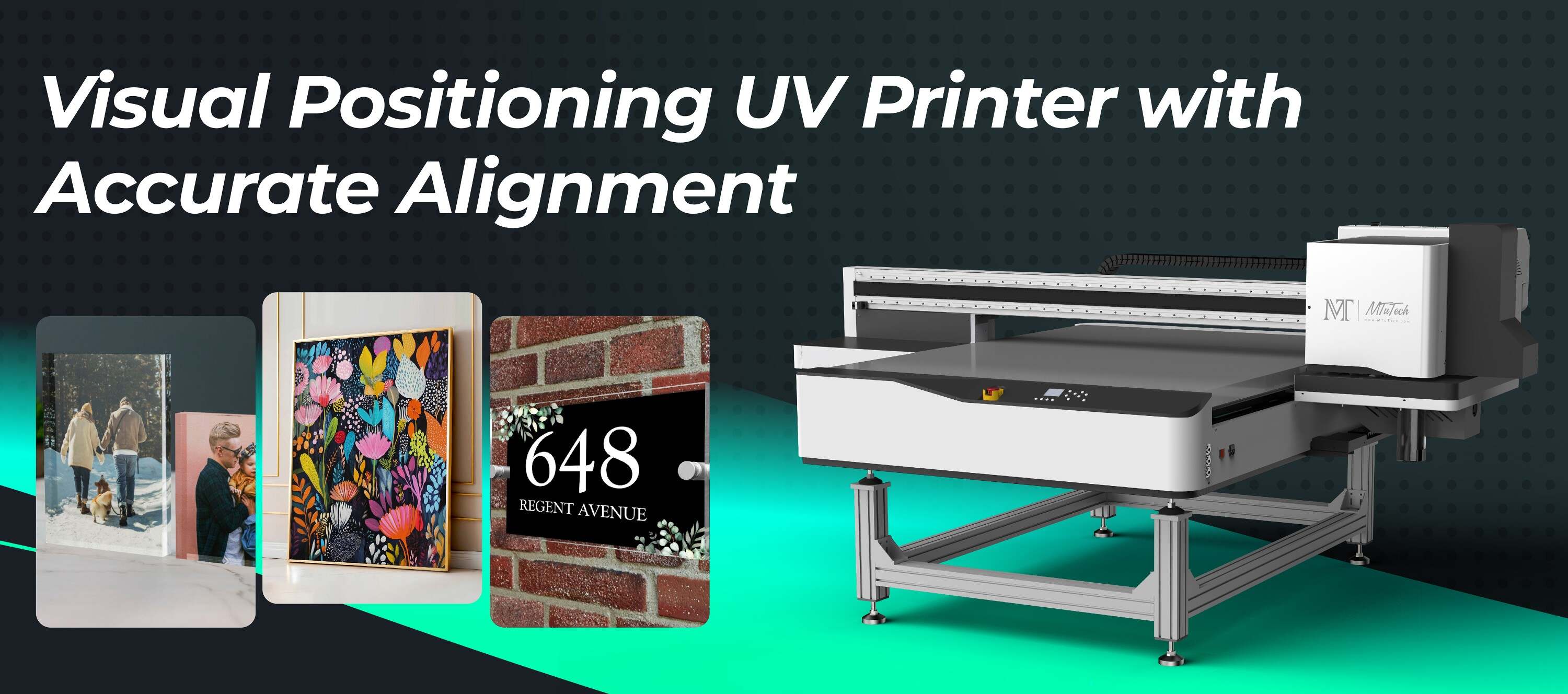The Importance of Frame Rate in Camera-Based UV Print Systems
Introduction
In the rapidly evolving world of digital printing, UV print systems have established themselves as key players due to their efficiency and high-quality output. One critical aspect that significantly influences the performance of these systems is frame rate. The frame rate in camera-based UV print systems not only determines the speed of image capture but also impacts the overall quality and fidelity of printed materials. In this blog post, we will delve into the importance of frame rate in UV printing, explore its benefits, and discuss key features that should be considered when choosing a system.
Understanding Frame Rate
Frame rate, measured in frames per second (FPS), refers to the number of images a camera can capture in one second. In the context of UV printing, a higher frame rate enables faster processing of visual data, thereby enhancing the efficiency and quality of prints. Conversely, a lower frame rate might lead to delays and inaccuracies in print production, negatively affecting the final output.
The Role of Frame Rate in UV Printing
The significance of frame rate in camera-based UV print systems can be summarized in several key aspects:
·
Speed: Higher frame rates facilitate quicker image capture, reducing the time required for printing processes.
·
·
Image Clarity: Increased frame rates enhance the clarity and detail in the images, which is particularly important for high-resolution prints.
·
·
Synchronization: A camera with a high frame rate can synchronize effectively with the print head movements, ensuring accurate and precise printing.
·
Benefits of High Frame Rate in UV Print Systems
Implementing high frame rates in camera-based UV print systems offers a multitude of benefits, including:
1. Improved Efficiency
High frame rates lead to faster image processing and printing cycles. This efficiency can drastically reduce production times, allowing businesses to fulfill orders more rapidly and improve overall productivity.
2. Enhanced Color Accuracy
With more frames captured per second, the camera can analyze color variations and detail more effectively. This leads to better color matching and saturation on printed materials, meeting industry standards for quality.
3. Higher Resolution and Detail
A higher frame rate contributes to capturing finer details. This is critical for applications such as fine art reproduction and packaging printing, where precision is pivotal.
4. Real-Time Monitoring and Adjustment
A camera with an elevated frame rate allows for real-time monitoring of the print process. This capability enables operators to make on-the-fly adjustments, ensuring the quality remains consistent throughout the production run.
Key Features to Consider in Camera-Based UV Print Systems
When selecting a camera-based UV print system, several features should be carefully evaluated to ensure the frame rate aligns with your specific needs:
1. Camera Specifications
Examine the camera's maximum frame rate and resolution capabilities. A balance between high frame rate and resolution is essential; otherwise, high-speed capturing may compromise image quality.
2. Sensor Type
Different sensor types (CCD vs. CMOS) perform differently at high frame rates. CMOS sensors are typically favored in modern UV print systems due to their lower power consumption and faster image processing capabilities.
3. Image Processing Speed
The processing speed of the system is critical. A high frame rate will not be beneficial if the processing system cannot keep up. Look for printers with robust processors designed for high-speed data handling.
4. Software Integration
The effectiveness of the camera system is also contingent on the software used. Advanced image processing software can take full advantage of high frame rates for superior quality control and efficiency.
Choosing the Right UV Printer
When investing in a UV print system, it is crucial to choose one that meets your operational requirements. Consider features such as frame rate, build quality, maintenance, and after-sales support. For a well-rounded offering, explore our high-quality Visual Positioning UV printers here which embody these principles and offer robust options for various applications.
Conclusion
In conclusion, frame rate plays a pivotal role in the performance of camera-based UV print systems. Whether you are looking to optimize speed, enhance image quality, or improve operational efficiency, understanding the importance of frame rate is essential. Investing in a UV print system with appropriate frame rates and the right features will lead to superior outputs, increased productivity, and ultimately, greater satisfaction for both printers and customers alike.
FAQ
What is the ideal frame rate for a UV print system?
The ideal frame rate for a UV print system can vary based on the application. However, a frame rate of 30 FPS or higher is generally considered effective for capturing high-quality images without delays.
How does frame rate affect print quality?
A higher frame rate allows for better color accuracy and fine detail capture, ultimately leading to superior print quality. Conversely, lower frame rates can cause blurriness and color inconsistencies.
Can I upgrade my existing UV printer to have a higher frame rate?
While you cannot directly upgrade the frame rate of an existing printer, you can consider replacing the camera or upgrading the entire UV print system to one that supports higher frame rates.
Is frame rate the only factor affecting print performance?
No, frame rate is just one of several factors. Other considerations include the type of printing technology used, the quality of components, image processing capabilities, and the overall design of the system.
How often should I test the frame rate of my UV printing system?
It is advisable to periodically assess the performance of your UV printing system, especially after maintenance or upgrades, to ensure it continues to meet your operational standards.

